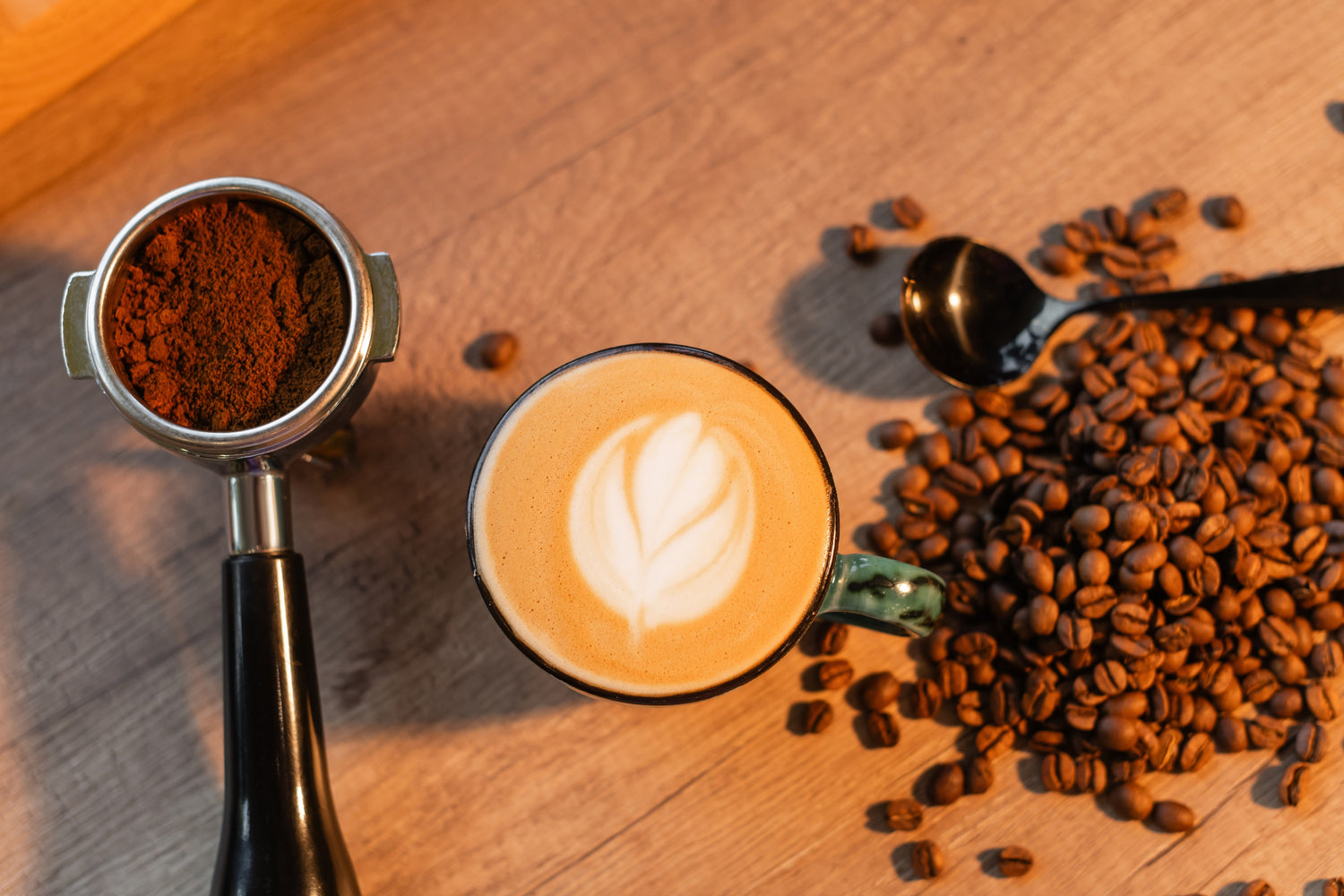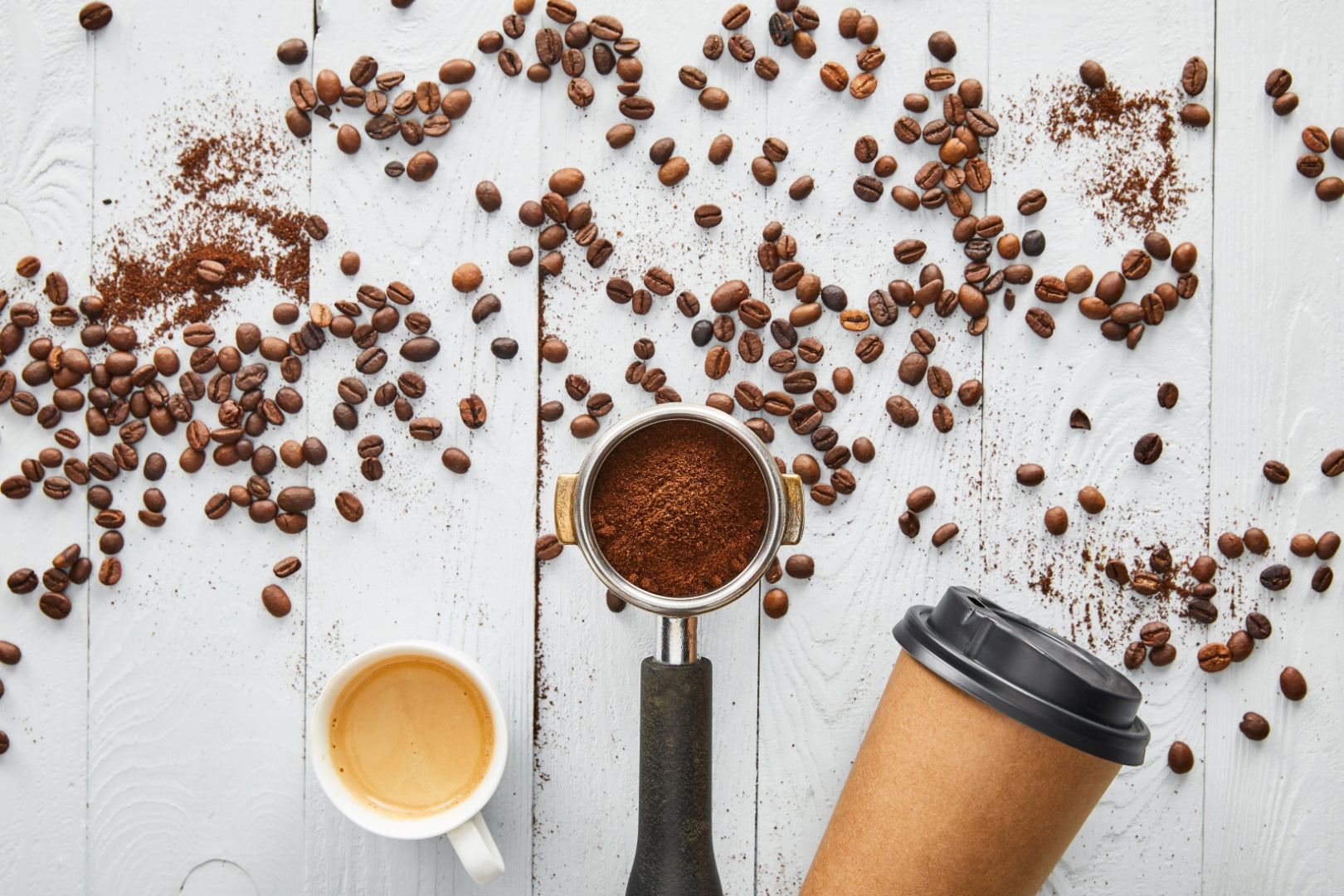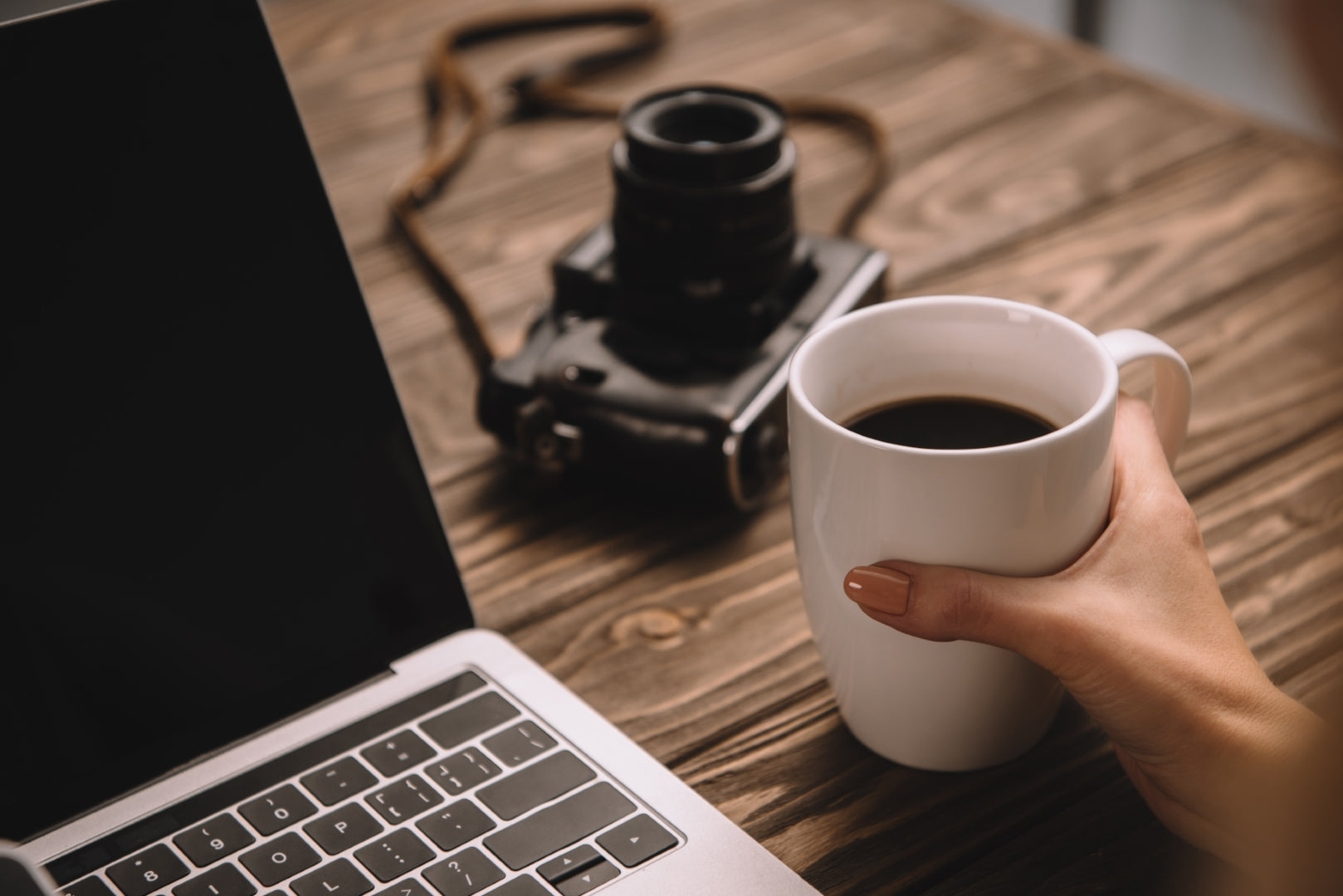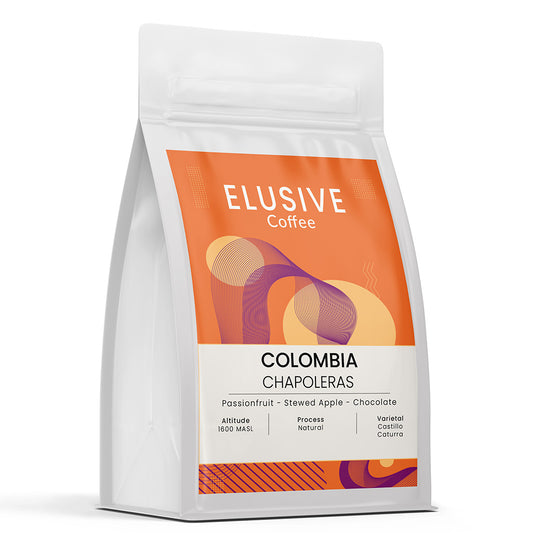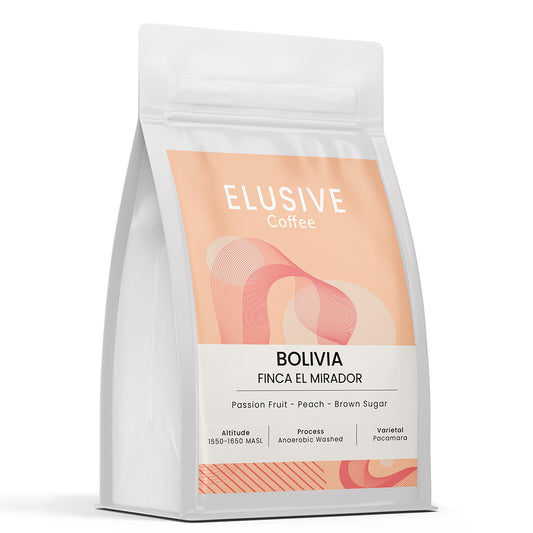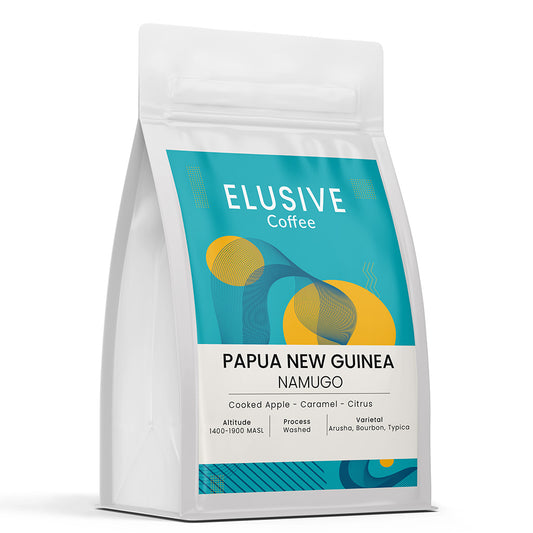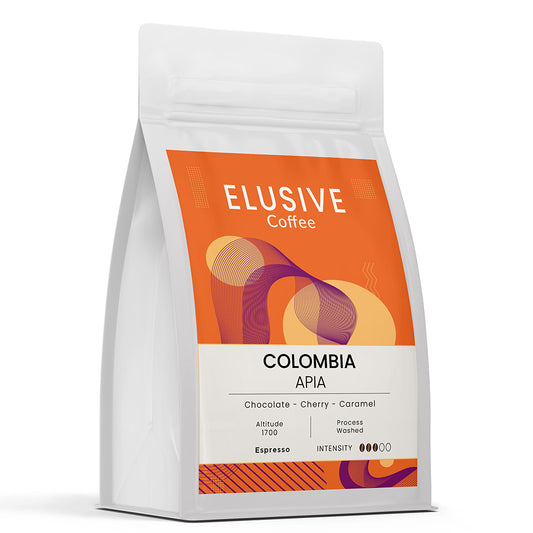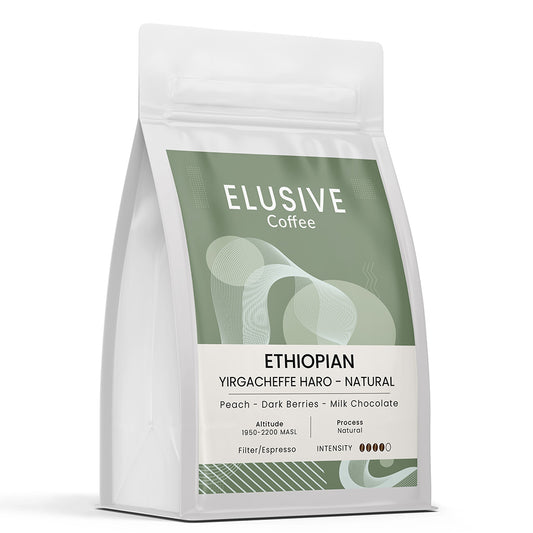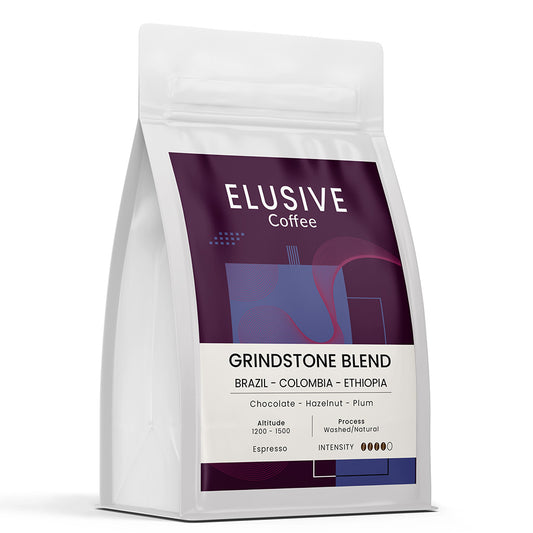
Share
Have you ever wondered why one cup of coffee tastes bright and clean, while another is rich and full-bodied? The secret lies in the art and science of coffee brewing, a process of controlled extraction where water dissolves hundreds of desirable compounds from ground coffee beans. This journey from bean to cup is an intricate dance between coffee, water, time, and energy, each element defining the final character of your brew.

The Pillars of Extraction: Understanding the Core Methods
While the world of coffee brewing boasts an astonishing array of devices, they all boil down to three fundamental pillars of extraction:
- Percolation: This method involves water passing *through* a bed of coffee grounds, typically driven by gravity. Think of pour-overs and automatic drip machines.
- Immersion: Here, coffee grounds are steeped *in* a volume of water for a set duration, much like brewing tea. The French Press and Cold Brew are prime examples.
- Pressure: This introduces an external force that dramatically alters the rules of extraction, creating beverages with unique intensity and texture, like espresso or Moka Pot coffee.
Ingenious hybrid methods often blur these lines, borrowing principles from each category to achieve specific results.
The Science of Your Cup: From Bean to Liquid Gold
At its heart, brewing is about dissolving soluble materials from coffee grounds into water. These compounds don't extract all at once; they follow a predictable sequence. The first to dissolve are fats and acids, contributing bright, fruity, and floral notes. Next come the sugars, imparting sweetness and balance. Finally, plant fibers and heavier organic compounds extract, contributing body but also bitterness and astringency.

Understanding this sequence is crucial for diagnosing your brew:
- Under-extracted: Tastes sour, thin, and possibly vegetal. This means the process stopped too early, leaving desirable sugars behind.
- Over-extracted: Tastes harsh, bitter, and leaves a dry sensation. This indicates the process went on too long, pulling out too many unpleasant compounds.
- Ideal Extraction: A balanced cup with enough acidity for brightness, sufficient sweetness, and just enough bitterness for depth. The "ideal" window for extraction yield is generally considered to be 18% to 22% of the dry coffee mass dissolved into the water.
The Four Key Variables: Your Brewing Levers
Every brewing method is a manipulation of these core variables, allowing you to influence the final taste, body, and aroma:
1. The Grind: Architect of Surface Area
The size of your coffee grounds is arguably the most critical variable. Grinding coffee drastically increases its surface area, allowing more water interaction and faster flavour extraction. A finer grind means more surface area and faster extraction, while a coarser grind slows it down. This makes grind size your primary tool for controlling brew time and overall extraction. For consistent results, a quality burr grinder is a worthwhile investment.
2. The Water: The Universal Solvent
Given that coffee is approximately 98% water, its quality and temperature are paramount.
- Temperature: The Specialty Coffee Association (SCA) recommends a range of 93°C to 96°C (195°F to 205°F) for optimal extraction. Water that's too hot extracts compounds too aggressively, leading to a harsh, over-extracted cup. Too cold, and it struggles to dissolve desirable sugars, resulting in a flat, sour, under-extracted brew. For manual methods, aiming for water just off the boil is a reliable practice.
- Quality: The mineral content of your water matters. Filtered water is a simple step to remove chlorine and impurities that can negatively affect flavour, helping to achieve a balanced mineral content.
3. The Ratio: The Strength Equation
The coffee-to-water ratio primarily determines the strength of your final beverage. While personal preference varies, a common starting point for most filter brewing methods is the "Golden Ratio," which falls in the range of 1:15 to 1:18 (1 gram of coffee for every 15 to 18 grams of water).
4. The Time & Agitation: The Duration and Dynamics of Contact
Contact time is the total duration water is in contact with the coffee grounds; longer contact generally means higher extraction. Agitation, through stirring, swirling, or the turbulence of pouring, introduces kinetic energy that ensures even saturation and accelerates the extraction process by moving fresh water to the coffee particles.
Exploring the World of Brewing Methods
Part I: Percolation – Clarity and Nuance
Percolation methods, especially when filtered through paper, yield beverages known for their clarity, brightness, and ability to highlight subtle complexities.
Gravity-Fed Percolation: The Art of the Pour-Over
Manual pour-over brewing offers a high degree of control, trapping most coffee oils and fine sediment for a remarkably clean, crisp cup, ideal for delicate, bright, and nuanced light-roast coffees.

-
Hario V60: The Pursuit of Precision
The V60, named for its 60-degree conical shape, features a single large exit hole and spiral ribs, allowing for largely unrestricted water flow. This design grants the brewer immense influence, making it capable of unparalleled clarity, bright acidity, and pronounced fruitiness. It's a demanding brewer that often necessitates a gooseneck kettle for precise pouring. Techniques from experts like James Hoffmann (focused on consistency with specific pour stages and swirls) and Scott Rao (known for aggressive, rapid pours to boost extraction) demonstrate the precision involved.
-
Kalita Wave: The Champion of Consistency
With its flat bottom and three small exit holes, the Kalita Wave creates a more stable water column by causing water to "pool" before draining. This design makes it significantly more forgiving and less prone to channeling than the V60. The result is an exceptionally balanced, rounded, and sweet cup, often described as a "safe" but delicious choice.
-
Chemex: The Icon of Cleanliness
More than just a brewer, the elegant Chemex is known for its unique, proprietary paper filters, which are 20-30% thicker than standard filters. This dense paper traps almost all coffee oils and fine sediment, yielding an exceptionally "clean," bright, and almost tea-like cup with very little body. A coarser grind and a longer brew time (4-6 minutes) are needed to compensate for the slow flow. It's perfect for brewing large, clean batches.
-
Automated Drip Machines: Convenience Meets Craft
The most popular brewing method worldwide, drip machines are prized for convenience. To elevate the experience, use a quality machine certified to reach the optimal brewing temperature, the correct coffee-to-water ratio (around 1:17), freshly ground coffee, and filtered water.
Pressure-Driven Percolation: Intensity and Concentration
When percolation is augmented by pressure, the extraction changes entirely, producing concentrated, intense beverages.

-
Espresso: The Apex of Intensity
Espresso is a unique method created by forcing a small amount of hot water (93-96°C) through a finely-ground, tightly compacted puck of coffee at approximately 9 bars of pressure. This immense pressure allows extraction to occur in just 20-30 seconds. It emulsifies coffee oils and suspends microscopic solids, creating the signature reddish-brown foam known as *crema*. A well-pulled shot is a small, highly concentrated, syrupy, and intense beverage, serving as the indispensable foundation for milk-based drinks like lattes.
-
The Stovetop Moka Pot: The People's Espresso
Invented in 1933, the Moka Pot produces a strong, espresso-like coffee without an expensive machine. Water in the bottom chamber heats, creates steam, and builds pressure (around 1.5 bars) to force hot water through the grounds into the top chamber. While concentrated, it's not true espresso due to lower pressure and unregulated, often boiling water temperatures, which can lead to a characteristic bitter, sometimes metallic taste. Best practices include a fine but slightly coarser grind than espresso, pre-heating water, using low heat, and removing from heat as soon as the coffee sputters to prevent over-extraction.
Part II: Immersion – Body and Richness
Immersion brewing methods are defined by the complete submersion of coffee grounds in water. This approach generally produces coffee with a rich, rounded character and significant body, being more forgiving of grind inconsistencies.

-
The French Press: The Classic Full-Bodied Brew
The French Press is cherished for its robust cup. Coarsely ground coffee steeps in hot water for 4-5 minutes before a metal mesh filter separates the liquid from the grounds. The metal filter allows coffee oils and fine sediment to remain in the brew, resulting in a heavy body, rich texture, and bold flavour, often appearing cloudy. It's crucial to decant immediately after plunging to prevent continued extraction and bitterness. Coffee expert James Hoffmann has popularised a technique involving an extended 5-8 minute settling time and plunging only to the surface to minimise sediment for a cleaner cup.
-
The AeroPress: A Modern Marvel of Versatility
Initially dismissed, the AeroPress has become a beloved icon for its durability, portability, and unparalleled versatility. This syringe-like brewer combines immersion with a final, air-pressure-driven percolation phase. Its flexibility allows for experimentation with a vast range of variables. The paper micro-filter produces a cup cleaner than a French Press, yet capable of more body and richness than a typical pour-over.
- Standard Method: The chamber sits directly on a mug, and gravity causes some percolation from the start.
- Inverted Method: Immensely popular, this technique turns the AeroPress upside down, sealing the bottom with the plunger. This gives complete control over steeping time as no coffee drips through prematurely. It typically produces a cup with a heavier body, richer flavour, and more texture than the standard method.
-
Cold Brew: The Art of Slow Extraction
Cold brew fundamentally alters extraction by replacing heat with time. Coarsely ground coffee steeps in cold or room-temperature water for an extended period, typically 12 to 24 hours. This gentle, slow process yields a smooth, mellow, and naturally sweet concentrate with very low acidity and bitterness, as cold water extracts fewer of these compounds. Due to the long contact time and high coffee-to-water ratio, cold brew concentrate is highly caffeinated and usually diluted before serving.
Part III: Decoction & Unfiltered Immersion – Ancient Traditions
These methods represent some of the oldest forms of coffee preparation, often involving boiling and leaving grounds in the final beverage.

-
Turkish Coffee: The Art of Decoction
Recognised by UNESCO, Turkish coffee combines water, optional sugar, and unfiltered, powder-fine coffee grounds in a special pot called a *cezve* (or *ibrik*). The key is slow, gentle heating, allowing a thick, rich foam to build. It's crucial *not* to let it come to a rolling boil, as this destroys the foam and over-extracts the coffee. The foam is often spooned into cups before the pot is returned to heat briefly. The resulting cup is very strong, thick, and intense, with a viscous texture from suspended solids.
-
Cowboy Coffee: Rustic Simplicity
The original campfire method, Cowboy coffee involves boiling coarsely ground coffee directly in a pot of water. While it can be harsh, modern refinements improve it. Bring water to a boil, remove from heat for 30 seconds (to ~96°C), add grounds, stir, and steep for about four minutes. A traditional trick to settle grounds is to sprinkle a small amount of cold water on the surface. Pour slowly and carefully, leaving the sediment behind.
Choosing Your Champion: A Guided Selection Process
With this knowledge, selecting a brewer becomes a personal choice based on taste, beans, and lifestyle.
Based on Desired Cup Profile: The Body vs. Clarity Spectrum
- For a rich, heavy, and textured cup with a lingering mouthfeel, choose Immersion methods. The French Press is quintessential, offering a bold experience. The AeroPress (especially inverted or with a metal filter) can also produce a full-bodied cup.
- For a clean, bright, nuanced, and almost tea-like cup where delicate flavours shine, Percolation methods are superior. The Chemex (ultra-thick filter) delivers the cleanest cup, while the Hario V60 excels at highlighting bright acidity and complexity.
Based on Your Coffee Beans: Matching Bean to Brewer
- For lightly roasted coffees (e.g., from Africa, known for floral and bright fruit notes), Percolation methods like the V60 or Chemex allow their subtle complexities to shine.
- For medium to dark roasted coffees (e.g., from Central and South America, with chocolatey, nutty, and caramel notes), methods that enhance body and richness are excellent. A French Press offers a classic bold cup, an AeroPress a balanced interpretation, and Espresso concentrates these rich flavours.
Based on Your Lifestyle: Practical Considerations
- Convenience & Speed: For multiple cups with minimal effort, a high-quality Auto-Drip machine is unmatched. For a single, quick, high-quality cup, the AeroPress is a top contender.
- Portability & Travel: The AeroPress is the undisputed champion, with its durable, lightweight, compact design.
- Budget: A plastic Hario V60 or an AeroPress offer exceptional quality-to-price. A proper Espresso setup, however, is a significant financial commitment.
- Batch Size: For brewing for a group, a large-format Chemex or French Press is most efficient. Most pour-over drippers and the AeroPress are designed for one or two cups.
Conclusion: Crafting Your Perfect Cup
There is no single "best" method of making coffee; instead, there's the best method for a particular coffee, a particular palate, and a particular moment. The bright, clean cup from a V60 highlighting a washed Ethiopian coffee on a sunny afternoon might be replaced by the comforting, full-bodied richness of a French Press on a cold morning.

Understanding the fundamentals of extraction – how grind size, water temperature, time, and ratio interact – is your key to moving beyond simply following a recipe. It empowers you to experiment intentionally and troubleshoot effectively, allowing you to diagnose a cup and adjust your brewing to achieve your desired outcome. The ultimate goal is a continuous and rewarding journey of discovery, cultivating your own palate and mastering the tools that best produce the coffee you love.
